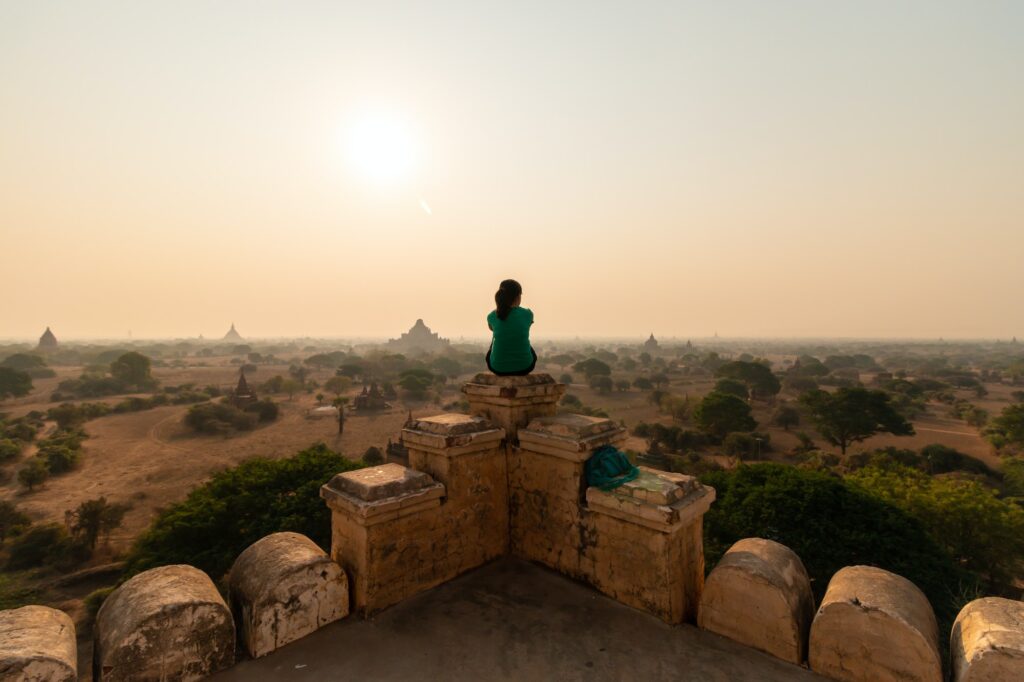
Tungnath Temple: Overview and Significance
Tungnath Temple, situated in the district of Uttarakhand, is renowned as the highest Shiva temple in the world, perched at an altitude of 3,680 meters. This historic temple is part of the revered Panch Kedar group of temples and boasts an estimated age of 1000 years.


Giving You The Best Services Experiences
Origin:
The origins of Tungnath Temple are indeed deeply rooted in Hindu mythology, particularly involving the Pandavas’ quest to seek Lord Shiva’s forgiveness after the Kurukshetra war.
Pandavas and Lord Shiva: After the Kurukshetra War, the Pandavas sought forgiveness from Lord Shiva for the sins they had committed. Displeased with the deceit and death resulting from the war, Shiva evaded them by transforming into a bull and disappearing into the earth, with his body parts scattered across different locations. The name “Tungnath” is derived from “tung,” meaning arms, and “nath,” symbolizing Lord Shiva.


According to another legend, Lord Rama meditated at Tungnath to atone for the sin of Brahmahatya, incurred from killing Ravana.
It is also believed that Ravana performed penance at a site near Tungnath, known as Ravana Shila, in order to please Lord Shiva and gain invincibility.


Historical Significance
Construction:
The temple is attributed to Adi Shankaracharya, a significant reformer and philosopher in Hinduism who is believed to have established it over a millennium ago as part of the Panch Kedar temples Lord Shiva.
Architecture:
The temple features ancient Dravidian architectural styles evident in its intricate carvings, ornate pillars, and pyramidal tower. It is constructed from local stones, showcasing the craftsmanship of regional artisans through its wooden interiors.


Renovations:
Although the current structure dates back to the 10th century, it has undergone several renovations and restorations over the years.
Cultural Significance
Panch Kedar Pilgrimage:
Tungnath is a vital destination in the Panch Kedar pilgrimage, believed to purify sins and invoke blessings from Lord Shiva.
Annual Visitors:
The temple attracts a significant number of pilgrims and tourists each year, drawn by its religious importance and breathtaking surroundings.


Accessibility:
Tungnath Temple is typically accessible from May to October. During the winter months, due to heavy snowfall, the temple is closed, and the deity’s symbolic image is moved to Markandeshwar Temple in Makkumath village for preservation and continued worship.
Priests:
The priests officiating at Tungnath are local Brahmins hailing from Makkumath village, maintaining the temple’s traditions and rituals.
Conclusion
Tungnath Temple stands not just as a religious site but as proof of the rich cultural and historical heritage of the region. Its legends, architecture, and continuous pilgrimage affirm its significance in the hearts of devotees and travelers alike.


jeevan.bhatt715@gmail.com
07:04:38 April 30, 2025
